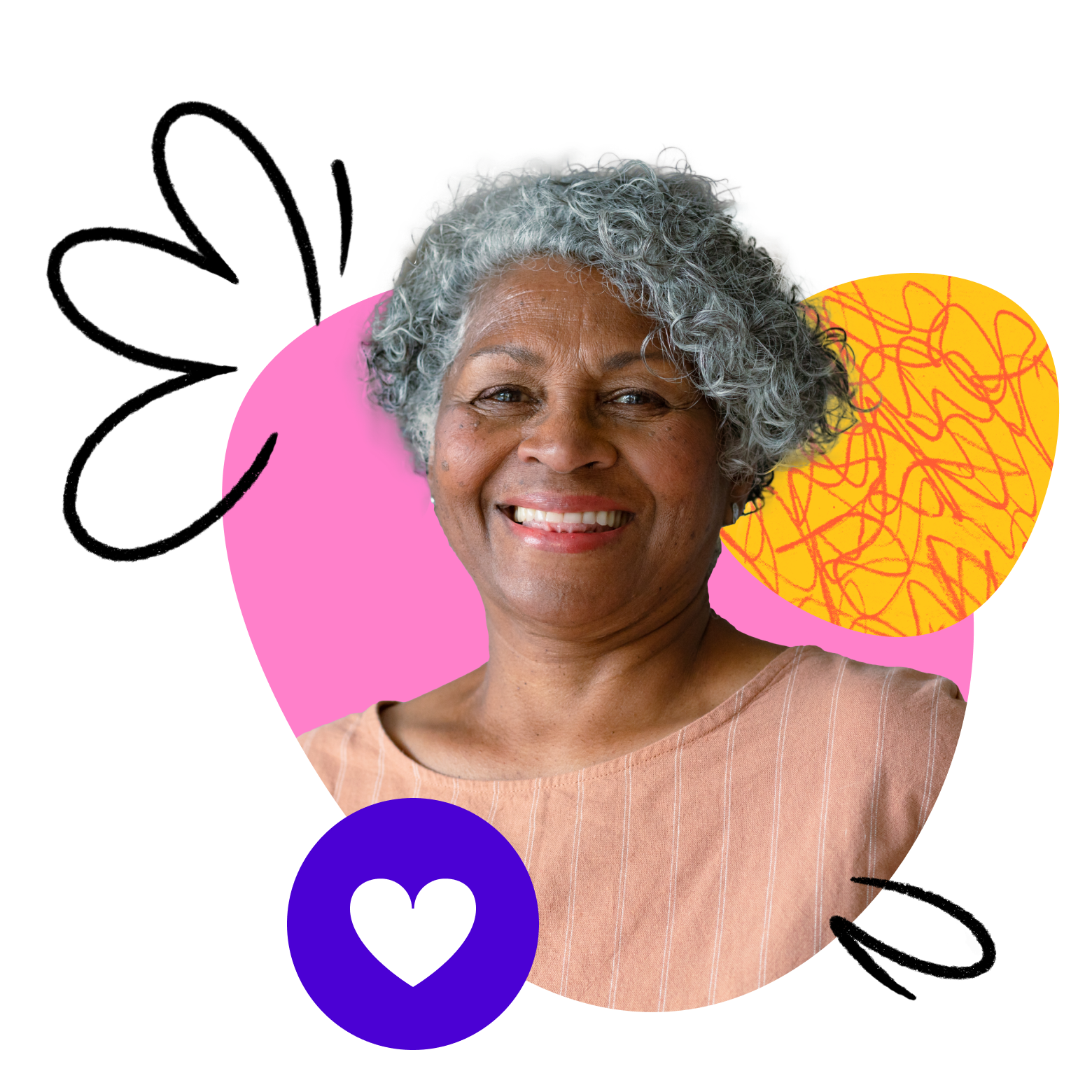English language learners aren’t only looking for formal language instruction on Outschool. These families frequently search for conversational classes with native English speakers that offer learners the chance to practice their skills. This is a great opportunity for educators who are native speakers and have a passion for teaching language skills to create classes that meet learner demand.
The most important thing to remember is that conversational English classes should focus on communication and fluency – not the ins and outs of grammar, parts of speech, etc. The purpose of these courses is for learners to gain experience holding a conversation with a native speaker. When you talk to a friend in your native language, are you constantly stopping to ensure you didn’t make a single grammatical error? Don’t think so. Do you use abbreviations and slang? Of course!
Your goal as an educator is to help students gain experience and increase their comfort level conversing in English. Follow the guidelines below to deliver a stand-out conversational class that helps each learner grow.
Prepare questions
Even though a conversational class may feel a bit more fluid, it’s always important to come prepared. Set yourself up for success by preparing a list of questions that will drive your discussion and bring learners in. Learners may come to class with different comfort levels and abilities, so using easy icebreakers and get-to-know-you questions can be a great way to encourage your classroom to open up. Make sure you model expectations by answering your own questions, as well!
Set expectations for your discussion
Before you dive into class, set expectations for the flow of conversation. Will learners need to raise their hands if they’d like to respond to a question? How will you make sure every learner has the chance to speak? What should a learner do if they don’t understand what’s being said? This is especially important if you’re teaching a larger class, and you may want to consider using breakout rooms to allow 1:1 conversations for a portion of your lesson.
Talk naturally
Conversational classes are all about learning how to have a natural conversation in English. Learners won’t get that experience if you use oversimplified sentence structures or an unnatural tone while guiding the conversation. While you want to be aware of not speaking too quickly to be understood, you should focus on keeping a natural cadence to your voice and encouraging a normal flow of conversation.
Let students guide your topics
Think about it: are you ever excited to have a chat about a topic you don’t find too interesting? Probably not! Using shared interests and experiences can be a great way to not only practice English, but also build a strong connection with your learners. If you teach an ongoing class, allow learners to submit topic ideas and take the lead as they gain confidence speaking in English. You can also help your learners prepare by giving them an idea of what you’ll be discussing in class (For example: “Next week, we’ll be talking about our favorite sports.”).
Write out words when necessary
If you come to a moment of serious confusion, use the chat or whiteboard to spell out the word your learner is stuck on. Some class members may be mostly visual learners, and using multiple methods of instruction can help solidify learning and keep the conversation flowing.
Conversational English classes can be fun, interactive, and highly engaging courses to offer. We hope these tips will help you connect with language learners and design classes that parents are eager to enroll in. For more on teaching EFL/ESL on Outschool, take a look at this resource.

